Starlink: Battle for Atlas (Nintendo Switch) Review
By Neil Flynn  03.11.2018
03.11.2018
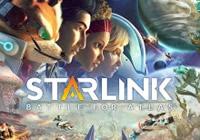
Since the inception of Nintendo's Switch, there have only been a few large AAA titles that have launched side-by-side with their Xbox One and PS4 counterparts. Now, Starlink: Battle for Atlas can be safely added to that very short list. However, in doing so, has Ubisoft cut corners to squeeze this on Nintendo's hybrid Switch system just to be in time for a simultaneous release? Fly in to the review to find out.
Starlink: Battle for Atlas appeals to the explorers of the universe, those who like to traverse to new places and complete objective-based goals. Its third-person open-world setting is vast and expansive and has drawn comparisons to the let-down of 2016, No Man's Sky, which in hindsight initially over-promised and under-delivered, but what Ubisoft has created with Starlink is far more comprehensive for engaging content. The Atlas star system comprises of seven planets, each with different environmental hazards, natural elements, and flora and fauna to set them apart. Traversal between planets and space is seamless, whether descending onto a new planet or taking off into hyper-drive through a cluster of asteroids and to another planet. Think of how traversal in The Legend of Zelda: Breath of the Wild managed to render the entire map without having to freeze or bring up load screens; the same can be applied to Starlink.
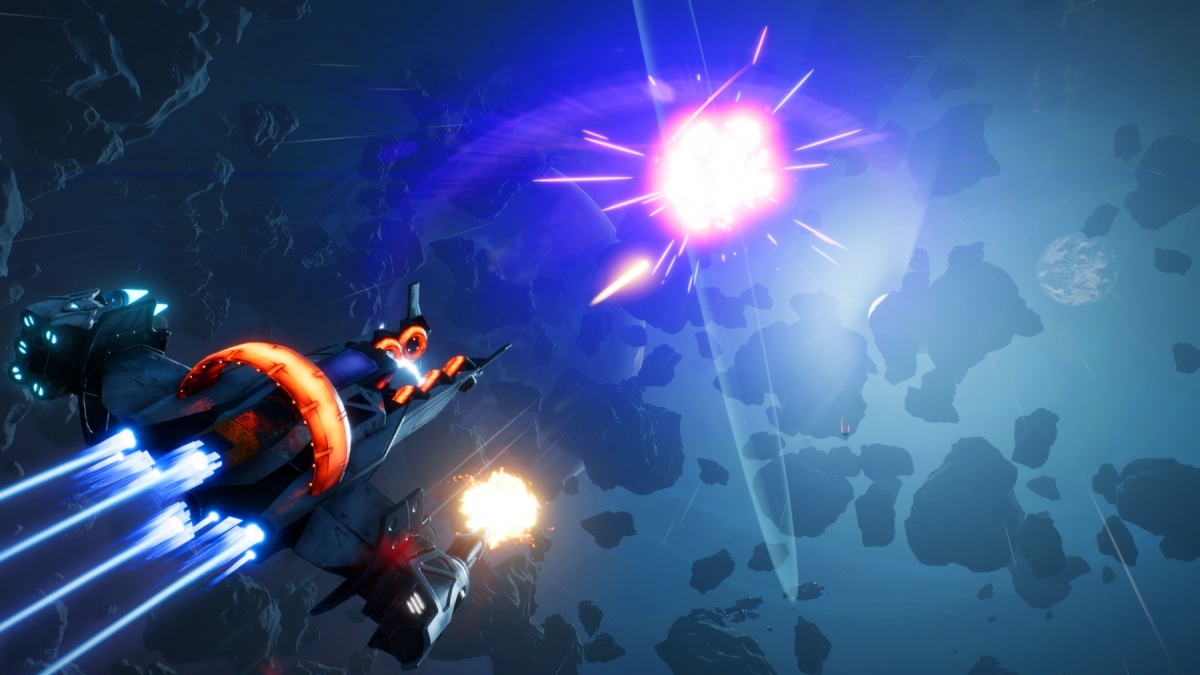
This isn't just about space exploration, as there is a story that helps perpetuate the meandering need to engage and fly through the Atlas Star system. Admittedly, the story is no epic masterpiece, but rather so a predictable narrative from start to finish, although the intended target market is quite young and, as such, makes for quite a suitable, albeit routine, plot thread. Grax, the leader of the Forgotten Legion, plays the role of the antagonist and is obsessed with capturing an ancient technology of a fallen race known as the Wardens. The Starlink team doesn't arbitrarily get itself involved but is rather drawn into battle once Grax attacks them and abducts their leader, St. Grand, who knows how to harvest and use the power, Nova, which Grax so desperately seeks.
Emerging new pilot, Mason, takes centre-stage among a slew of other crafty protagonists, including the Nintendo Switch exclusive Fox McCloud, to rescue St. Grand and liberate the Atlas Star System from Grax and the rest of the Legion. The Star Fox team features more prominently than many other cameo roles would normally do as the team is fully interwoven into the dynamic plot, featuring in cut-scenes and gameplay. Don't approach Starlink pretending that it is a Star Fox game, though, as yes, the colourful cast of anthropomorphic creatures is a key feature and helps drive the plot - Ubisoft has even gone one step further to add exclusive missions focusing on long-time frenemy, Wolf McDonnell - but this is not based in the Lylat System, and does not play like a traditional Star Fox title. That isn't necessarily a bad thing at all, however.
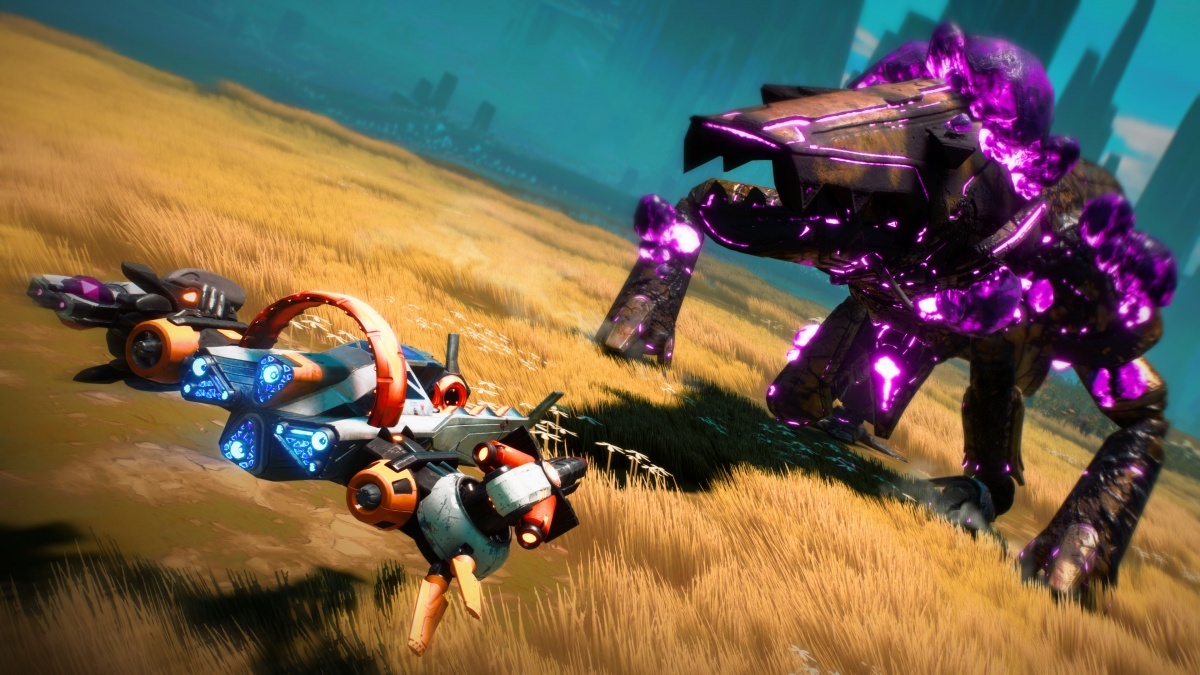
The crux of the gameplay boils down to a number of repetitive tasks that include gathering (or rather 'plucking') materials from planets, salvaging scrap metals, taking down enemy outposts, building outposts, defeating enemy leaders, bringing down large star ships, and completing missions, which are often fetch quests. The number of tasks ensures that the gameplay can stay varied enough for a degree of time, yet unfortunately the gameplay loop circles around so often that repeating these tasks can be rather lacklustre after a while. Fighting some of the more difficult bosses and taking down large enemy ships is very satisfying, as they make for some epic space battles, but these are few and far between. There is an element of grinding to be done to ensure that outposts can be levelled up and that ships, weapons, and even pilots, can be updated with new mods that only serve to add to the repetition. For some, this style of gameplay can be appreciated; during the review process a lot of time was spent hunting and gathering materials to level up all possible aspects, even though it wasn't wholly necessarily to do so. To help mix the gameplay up, it is possible to switch ships, weapons, and pilots, all of which have special perks to alter gameplay. Some enemies are impervious or weak to different elemental weapons, for example, plus ships handle differently, and pilots have a unique ability to call upon. Most importantly, the weapons can serve to make fighting particular enemy types a doddle, and furthermore there are in-game currency caches that can only be attained by using particular weaponry. However, weapons must be purchased with real world currency and this poses an issue - Toys to Life.
To help augment the gameplay aspect of Starlink: Battle for Atlas, there are a number of Toys-to-Life elements that fly in the face of a dying trend to capture the market with the once very prominent gimmick. Fads come and go, and many will have boxes in the loft with plastic attachments and a Balance Board for motion-based Wii games, alongside a number of guitars, drums, and microphones from the mid-to-late 2000s that supported Guitar Hero and Rock Band. Many others most likely have a collection of Skylanders, Disney Infinity, and even amiibo that have also likely been confined to the shelf, but how does Starlink address this problem? The solution is quite simple (in theory): toys, which come in the variance of ships, weapons, and pilots, can be purchased in either physical or digital formats, rather than exclusively locking content behind a physical paywall. Therefore, if hoarding figurines and hunks of plastic do not appeal, then all content can be bought digitally, and owning the content digitally can perhaps be quite advantageous. The difficulty is in knowing what particular version of Starlink to purchase, as there are four options; the Starter, Standard, Digital Deluxe, and a Hybrid of physical and digital packs. The Starter for the Nintendo Switch includes two physical pilots, two physical weapons, and the Arwing, plus an additional ship and weapon that come digitally. The Standard edition can only be purchased digitally (which is priced the same) but includes seven pilots, 12 weapons and five ships.
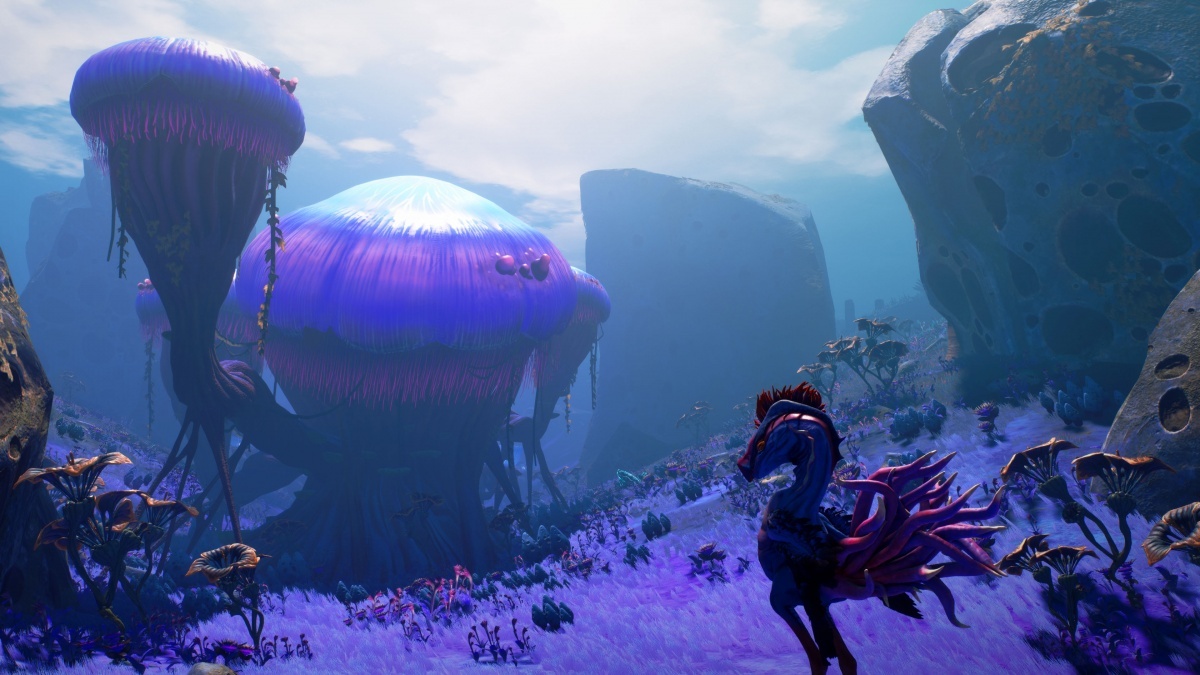
The Digital Deluxe version includes all Day One content, which has 10 pilots, 15 weapons, and six ships, all for an additional £20. This proposes an issue for many Switch owners who most likely want the rather cool looking Arwing model, which can only be purchased with the Starter pack, however, doing this is not the most cost-efficient method, which is why the fourth option enables the purchase of the Starter pack, followed by an in-game option to buy the rest of the content (labelled 'Collection 1' in menus) costing £58. This rather convoluted number of options, plus the dilemma of wanting the physical Arwing, poses such an issue, especially for Nintendo Switch owners. Therefore, the entry price to play Starlink starts at approximately £70 and could cost upwards in price range of £240 should all physical Day One content be purchased. Aforementioned weaponry can make a major difference to gameplay, as being hampered to only a couple of weapon types from the Starter pack will make progression feel longer and a harder grind, one that won't be felt if starting with the Standard or Deluxe editions. It is particularly important to note that all physical toys that are scanned in actually last for seven days digitally, so they won't have to be taken around for those who want to play portably. The models themselves are of quite high quality and a strong build; the only shortcoming here is that there isn't as much emotional attachment to these characters, ships, or weapons (barring Fox and the Arwing, of course). It will be difficult to see how these sell given that some of the biggest IPs on the planet decided to pull out of the Toys-to-Life race.
Graphically, the Nintendo Switch handles Starlink exceptionally well. This is a huge open-world map that has literally no loading times while roaming around. There are the occasional pop-up textures, particularly flying in space where huge asteroids can appear from thin air, and likewise on planets, particularly boxes and plants can appear at random times, although these are minor qualms. Cut-scenes are well rendered and fit in the tone and style. The score is sublime, with sound effects that are more than suitable for a space shooter, plus all the dialogue is fully voice acted, including lines from Fox McCloud, which are numerous and lengthy. It is a marvel that this is working on Switch and in such a small file size (approx. 13GB)!
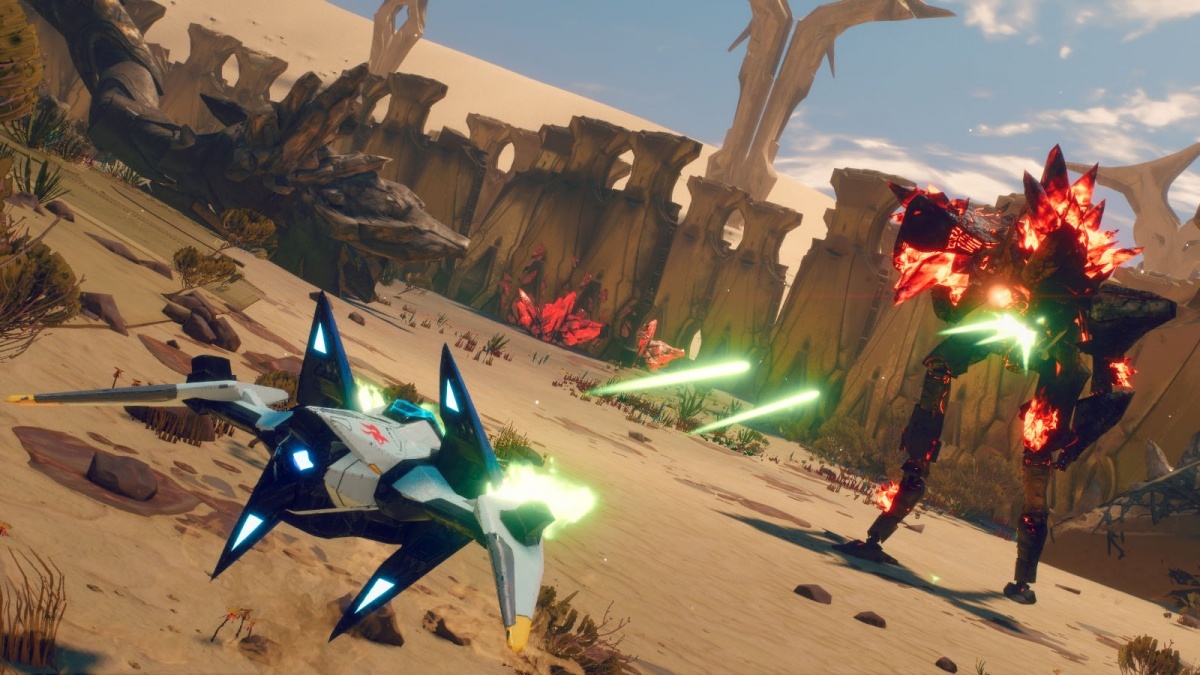
Cubed3 Rating
Great - Silver Award

Starlink: Battle for Atlas is a surprise hit for Nintendo Switch. Furthermore, embedding Star Fox in was a masterstroke. From a surprisingly good score and audio cues from characters, to stunning vistas and scenery, there are many positives to be had. There will be many who appreciate the large number of tasks to do, but others will be deterred by the repetitiveness of them, although these are largely optional. The main issue is essentially asking what point of sale is the best value for money as no option is cheap. In fact, to enjoy all of Starlink's content can be a costly affair but even jumping in with the Standard edition or Starter pack is still £20 more than other AAA titles. Unfortunately, these barriers to entry can ruin the enjoyment for those who opt for lesser packages.
Comments
Comments are currently disabled

 Sign In
Sign In Game Details
Game Details
 Out now
Out now  Out now
Out now  Out now
Out now  Out now
Out now  Subscribe to this topic
Subscribe to this topic Features
Features







 Top
Top

